43 Percent of UK Broadband Users Don’t Know their Upload Speed

A new survey from UK ISP Voneus, which is based off data gathered from 3,000 people who purchased a broadband plan (from any ISP) within the last 12-months, has found that 43% could not identify their package’s upload speed. Uploads were also found to be one-third as important as download speeds when selecting a plan.
Voneus claims the data also indicates that “a lack of provider competition has meant upload speeds have become less of a priority in the nation’s villages.” Some 55% of all homes in villages were found to have signed-up with their current ISP because they were the only one supplying services to the premises, and upload speeds ranked 5th in the list when it came to reasons why their current ISP was selected.
In fairness, the dominant national network (e.g. Openreach) supplies hundreds of UK ISPs and often via several broadband technologies (e.g. ADSL, FTTC, G.fast, FTTP etc.), thus it sounds like there may be a significant problem around awareness of that choice if 55% of village households aren’t aware that other ISPs exist. This is before we even consider how many alternative network providers may also be present, which will vary, although rural coverage is extremely limited.
Otherwise, consumers in villages allegedly found “cost, a high data provision, and installation time” to be more significant reasons to select an ISP than upload speeds. But we aren’t quite sure what they meant by “high data provision” (usage allowance or speeds?) and no data was provided to support how popular each reason was. By comparison, for those who live in cities, upload speeds were found to be the 2nd largest consideration, behind download speeds.
Finally, video conferencing (34%) and video calling (31%) were found to be the two most common activities on a broadband connection, which seems odd as a lot of people would probably see those as referencing the same thing (i.e. a video call can also be a video conference etc.). Likewise, other surveys have tended to put things like web browsing, social media and video streaming (i.e. Netflix, YouTube, iPlayer) at the top of the table for consumers.
Sue Barnes, CCO at Voneus, said:
“This research paints an interesting picture about where consumer knowledge and priorities lie when it comes to selecting a broadband plan.
Users have been incorrectly taught for too long that download speeds alone are all that is required for a strong broadband connection.
In the age of video calls, at-home streaming on demand and online games which demand split-second reflexes, having a low upload speed is incredibly detrimental to the service you are paying for.”
We should point out that, when it comes to online games, the need for “split-second reflexes” in-game is usually more dependent upon faster latency times than raw upload speed (unless you’re into cloud gaming / remote play) – not to mention a good download speed to get the latest software updates. Indeed, so long as your upload performance isn’t being saturated by demand from other users on the local network, then you often only require a fairly low upstream speed to have a smooth game.
Admittedly, it’s only in recent years that upload speeds have truly risen in importance, thanks to cloud-based gaming, video bloggers, Twitch and the need to work from home during the COVID-19 pandemic etc. Nevertheless, download performance remains the most important metric for most consumers, but Voneus are right to highlight the growing relevance of upstream.
Having said all that, it’s worth remembering that this survey is very much the product of vested interests (i.e. Voneus are deploying wireless and FTTP networks to rural communities). Likewise, a lot of the results data was missing and no information was provided on the survey’s methodology (i.e. this leaves too much room for selective interpretation). Take with the usual pinch of salt.
Mark is a professional technology writer, IT consultant and computer engineer from Dorset (England), he also founded ISPreview in 1999 and enjoys analysing the latest telecoms and broadband developments. Find me on X (Twitter), Mastodon, Facebook and Linkedin.
« CityFibre to Harness Shared Digital Infrastructure for FTTP in Blackpool
Competition for KCOM as Grain Expands FTTP Broadband to Hull »
Latest UK ISP News
- FTTP (5516)
- BT (3514)
- Politics (2538)
- Openreach (2297)
- Business (2262)
- Building Digital UK (2245)
- FTTC (2044)
- Mobile Broadband (1973)
- Statistics (1788)
- 4G (1664)
- Virgin Media (1619)
- Ofcom Regulation (1461)
- Fibre Optic (1395)
- Wireless Internet (1389)
- FTTH (1381)






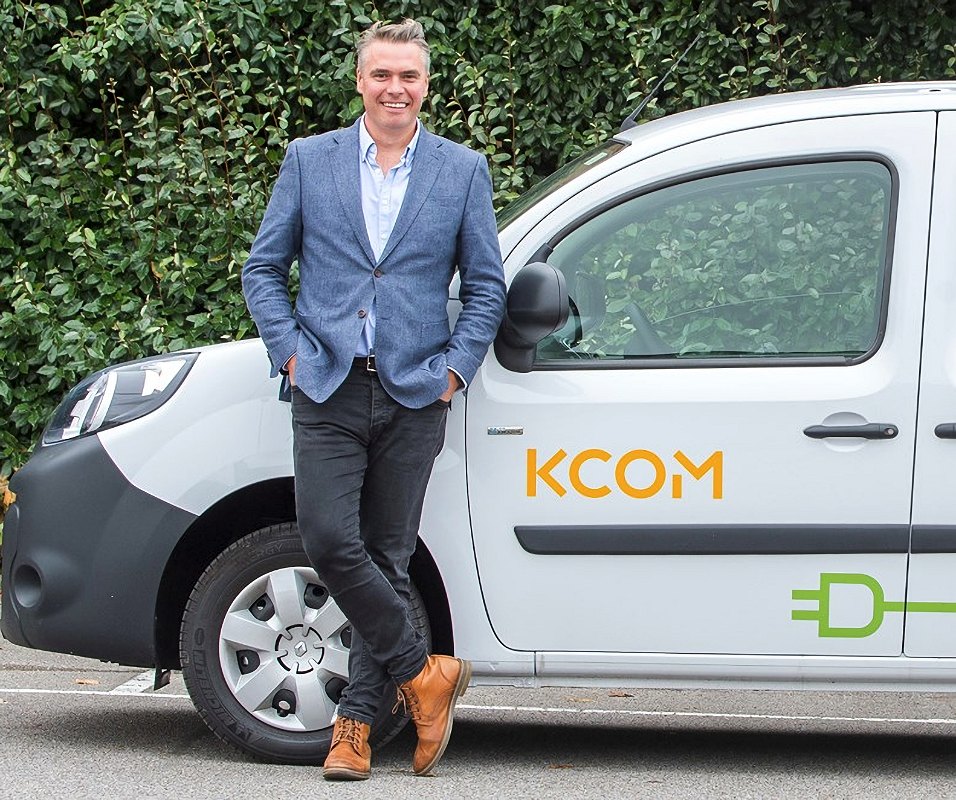

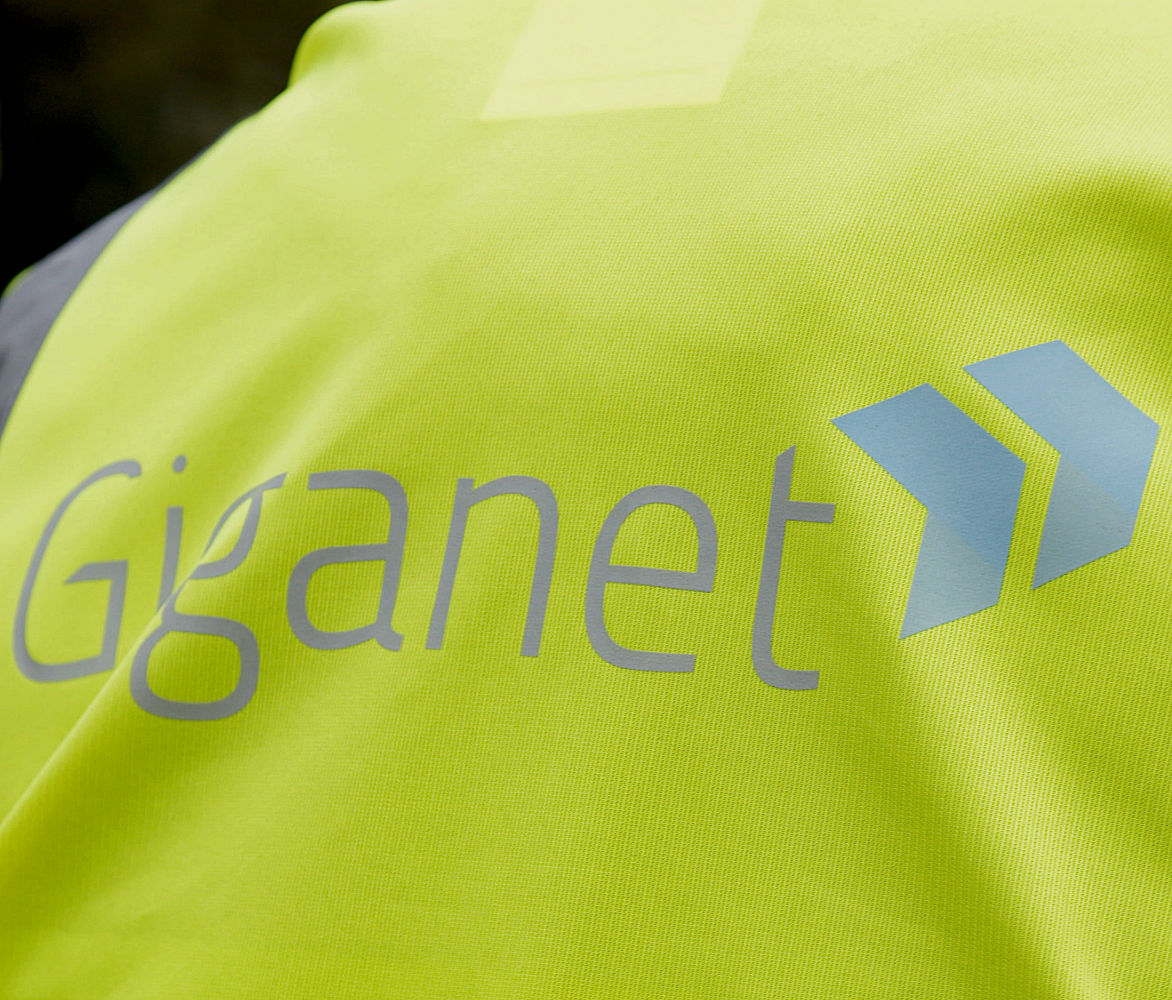

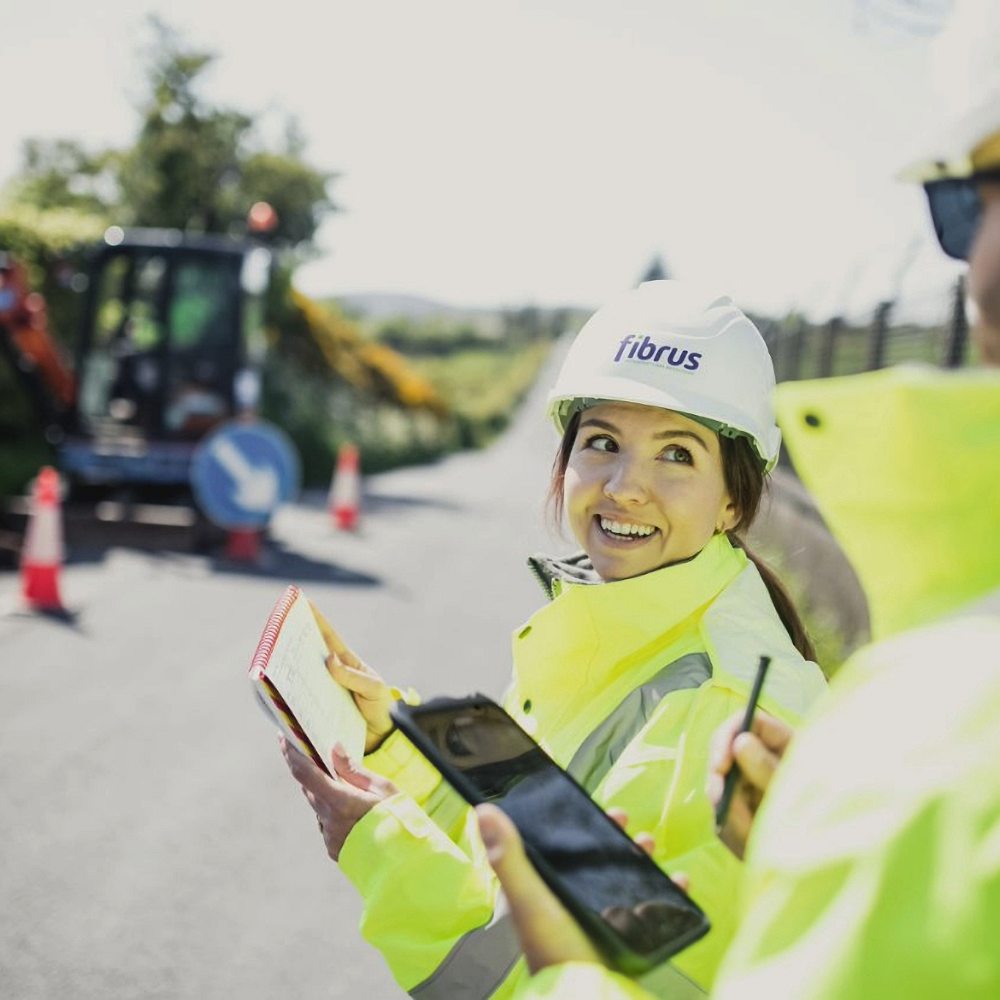
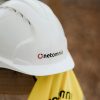









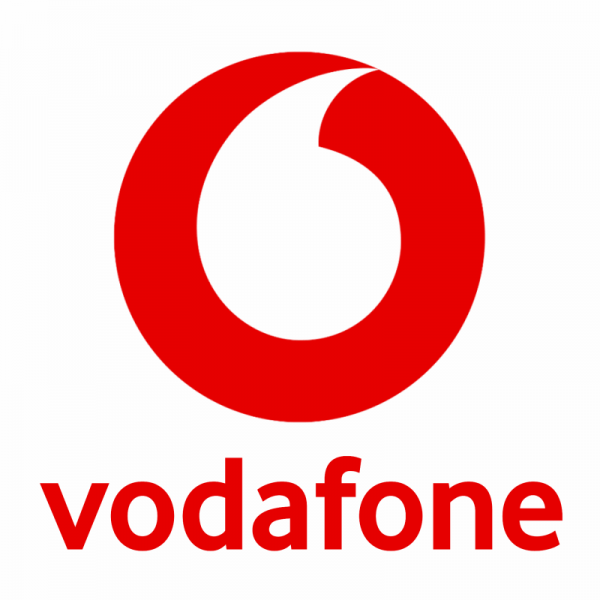

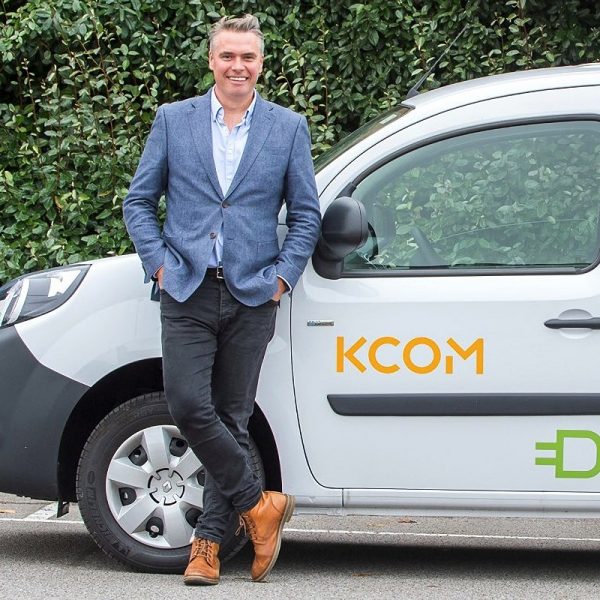
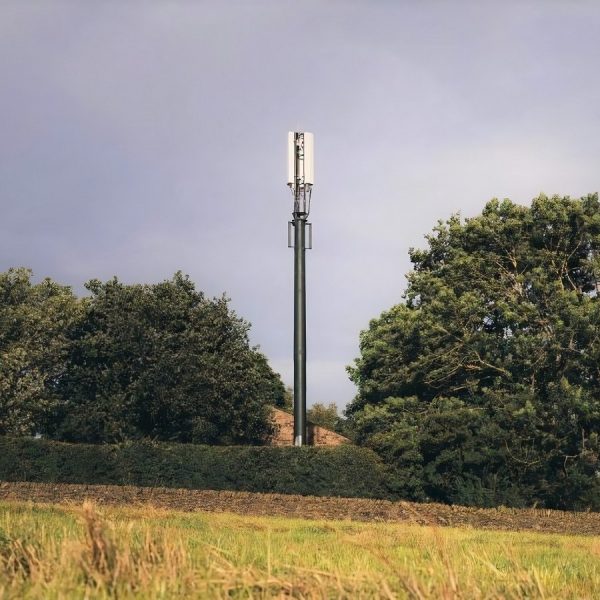
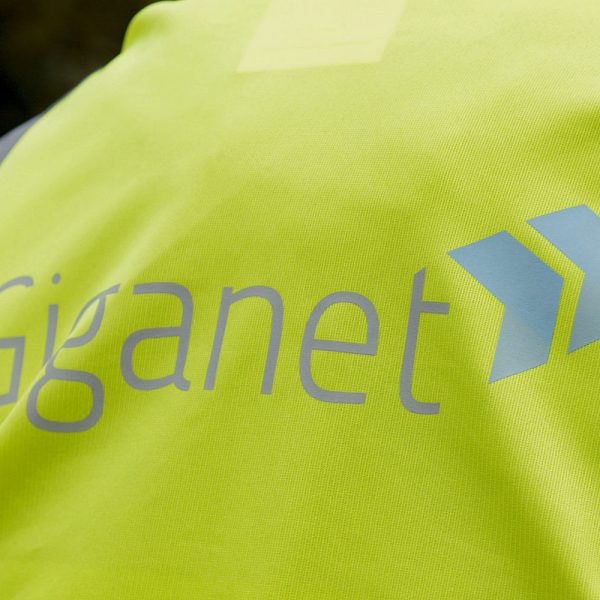



































Hence why Openreach is sticking with assymetric speeds on FTTP, at least for a while.
It continues to baffle me why they stuck with the odd asymmetric speeds, there was a great opportunity to remove the legacy of older technology and simplify how products are marketed.
Instead, you can end up switching from a VDSL connection to an FTTP connection and have slower upload speeds and not because of the technology?
@James Likely to encourage people who need symmetrical onto the more profitable leased lines. Hopefully they up the download:upload to 2:1 at some point to be inline with GPON while still making leased lines attractive.
Many people I know aren’t aware of their download speed either!
For lots of rural properties the ONLY factor is availability. I happen to need a usable upload speed, which is why I don’t have a fixed line connection at all (ADSL isn’t enough).
Five or six years ago Voneous were going to provide wireless broadband in my area, but they changed their mind.
They did the same in my village too. Promises of a build in the village then they bailed after about 2 years of promises.
Some ISPs using CityFibre’s network offer symmetrical plans whereas others don’t; it’s downright daft…
it’ll be whether they’re using Openreach GPON or XGPON vs their own fibre and infra.
I monitor my line closely, I used to be on FTTC with a long copper line (36M down, 5.5M up) but am now on FTTP with Zen (120M down, 21M up nearly all the time).
My family very rarely saturate the downlink for any length of time, but we regularly saturate the uplink, probably when my son has been doing studio work and is uploading video or audio.
I would happily trade download speed for upload, e.g. going from 120/20 to 90/50. I would definitely notice the better upload, and not the worse download.
I agree, because I’m perfectly happy to set something going, then return to it (say, an hour) later.
When it becomes available for my area, I’m not paying for a gigabit service just for the extra upload headroom.
“100 up, 100 down, and I’ll be jumping up AND down!”
In response to the comments on city fibre, I didn’t know that they sometimes used OR infrastructure. So OR have announced a Lincoln roll out. Then 3 months later, city fibre did. I’m now suspicious of them piggybacking on the OR roll out.
> In response to the comments on city fibre, I didn’t know that they sometimes used OR infrastructure
They don’t, apart from using OR passive infrastructure (ducts and poles) in some areas to carry their own fibre cables.
With the move to remote, cloud collaboration working and the likes of Teams and Zoom upload speed becomes more important than ever. Pity so many of us have no choice with Openreach only source of supply. 23mb down and 5 up gives little hope of keeping up in the remote working digital world…..
And not one one of the 43% are Virgin Media customers.
Hard for it to be VM customers as the adverts on TV mention both down and up speeds, but every time you recontract the statement is read and tells you both speeds and has been since like 2019
I was more elaborating it’s likely only 10Mbps upload……….
Same as the lowest common FTTC tier. It’s not the best but way more available if willing to pay. 350/35 is probably the sweet spot.